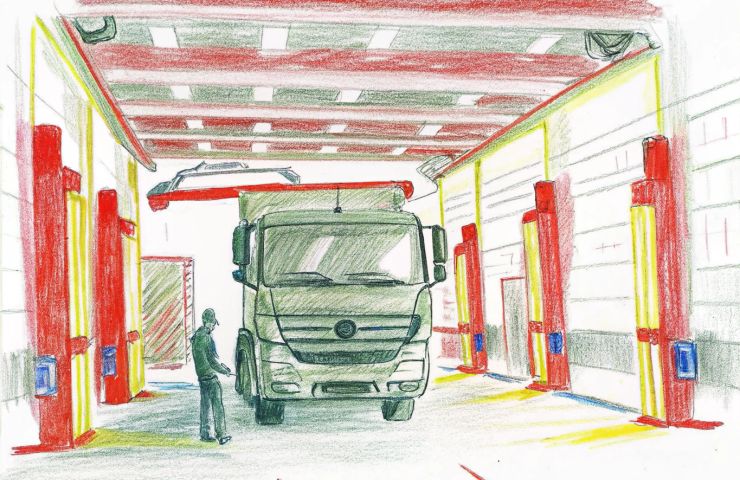
Hydrogen Fuel Cell Trucks Drive Decarbonization—but Only If Safety Keeps Pace
June 3, 2025FAUN Umwelttechnik, a well-known German company that builds waste collection trucks, is taking big steps toward rolling out more hydrogen fuel cell electric vehicles (FCEVs). But they’re not just focused on performance—they’re making safety a top priority. Teaming up with gas detection specialists at Dräger, FAUN has built a smart safety system that layers multiple technologies, including point gas detectors, ultrasonic leak sensors, and infrared flame detectors. The goal? Make sure maintenance teams and workshop environments are fully protected from the unique risks that come with working around hydrogen.
Fast Refueling Meets Long Hauls—with a Few Bumps to Clear
What makes hydrogen fuel cells so promising is the combo of quick refueling—just 15 to 20 minutes—and the kind of long-range endurance needed for heavy-duty, long-haul trucks. That’s why groups like the UC Davis Institute for Transportation see big potential here. In fact, they’ve projected that by 2045, up to 60% of California’s long-haul trucks could be running on hydrogen.
But let’s be real—it’s not all smooth sailing just yet. The fuel needs to be more affordable (we’re talking $4–$5 per kilogram) to truly compete with diesel. Plus, the hydrogen infrastructure—like fueling stations and supply chains—is still playing catch-up. Those are hurdles, sure, but not deal-breakers.
Leading with Safety, Backed by Momentum
What companies like FAUN are showing is that the shift to zero-emission technology is no longer just talk—it’s happening. And it’s being built on a foundation of safety. With support coming in from all sides—tech innovators, government agencies, and researchers—the promise of fuel cell technology is very much alive. It’s not just about creating cleaner commercial vehicles; it’s about building a smarter, safer path to sustainable energy.



 With over 15 years of reporting hydrogen news, we are your premier source for the latest updates and insights in hydrogen and renewable energy.
With over 15 years of reporting hydrogen news, we are your premier source for the latest updates and insights in hydrogen and renewable energy.